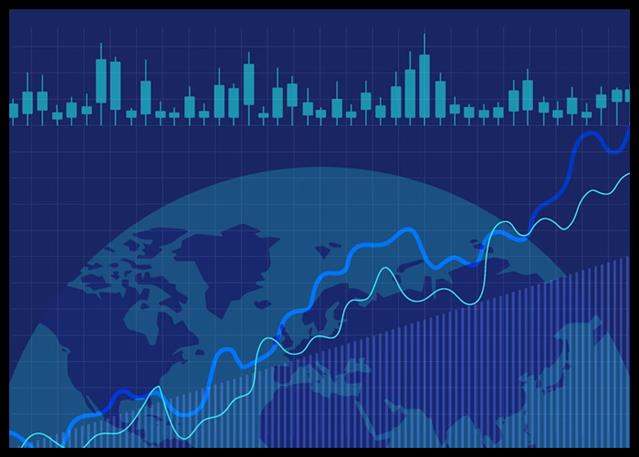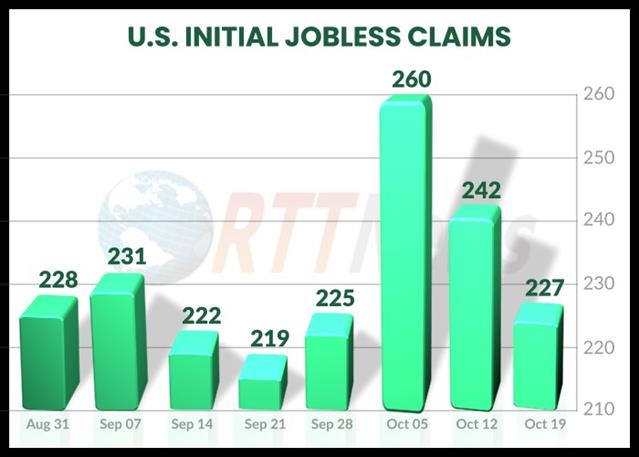US ISM Services Index Rebounds: What Economists Said
U.S. service sector activity grew in May after shrinking in April for the first time since December 2022, survey data from the Institute for Supply Management on Wednesday. The ISM services PMI rose...

U.S. service sector activity grew in May after shrinking in April for the first time since December 2022, survey data from the Institute for Supply Management on Wednesday.
The ISM services PMI rose to 53.8 in May from 49.4 in April, with a reading above 50 indicating growth in the sector. Economists had expected the index to inch up to 50.8.
The services PMI reached its highest level since hitting 54.1 in August 2023.
Here is how economists responded to the data –
Capital Economics: The ISM data is consistent with GDP growth of just 1 percent annualized or so, although the ISM indices have been a poor guide to the activity data in recent years, North America economist Olivia Cross said.
“Despite the positive tone of the figures, the press release was a little more pessimistic, with comments noting uncertainty over the upcoming election, higher interest rates and slower economic activity,” the economist added.
FHN Financial: Gains in production and new orders reflect both current and future strength, economic analyst Mark Streiber said.
“While we caution against extrapolating featured survey responses too much, the mentions of stabilization and downward pressure of interest rates on the services side are a sign that monetary policy is effectively weighing on economic activity,” Streiber added.
Oxford Economics: While recent data such as the ISM manufacturing index suggest slowing economic momentum, the ISM services index signals a rebound from weaker Q1 growth, US economist Matthew Martin said.
The survey listed sticky inflation and high interest rates as the biggest impediments to business conditions. Inflation is likely to moderate over the coming months and allow the Fed to begin cutting interest rates in September, which should provide a boost to the services sector, the economist said. The services sector should also get support from the continued growth in consumer spending, Martin added.
The continued moderation in employment growth as revealed in the ISM report and the April JOLTS report together signal that demand and supply in the labor market are moving into better balance.
“…[This] should translate into a slower pace of wage growth, a welcome development by the Fed,” Martin said.
ING: “We prefer to look at a two-month average and that paints a picture of solid, but slowing service sector growth,” Chief International Economist James Knightley said.
“With employment in contraction territory for a fourth consecutive month, businesses appear wary about the future.”
ISM business surveys continue to paint a weaker growth story than the official GDP growth numbers indicate, the economist observed.
The continued contraction in employment suggest firms remain reluctant to hire more and signals a cooling of employment in Friday’s jobs report – as did the softer than expected ADP employment number, Knightley said.
“It also, perhaps, suggests again that the surge in business activity seen in today’s May report is not seen as sustainable, hence why we should indeed take an average of April and May,” the economist said.
Price pressures are set to ease further over the next couple of months as lower oil prices feed through into lower fuel costs, Knightley said.
Track market moving Economic Events that impact Commodities, Stock, and Forex by using realtime RTTNews Economic Calendar this week.
- Check out our free forex signals
- Follow the top economic events on FX Leaders economic calendar
- Trade better, discover more Forex Trading Strategies
- Open a FREE Trading Account


